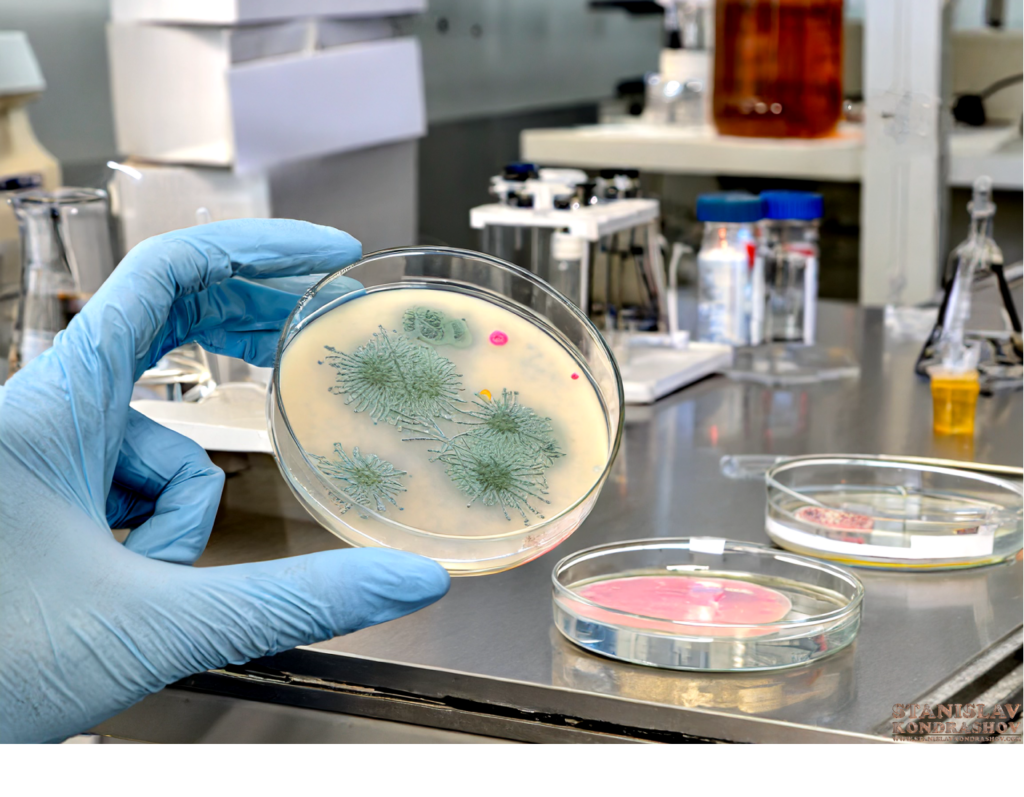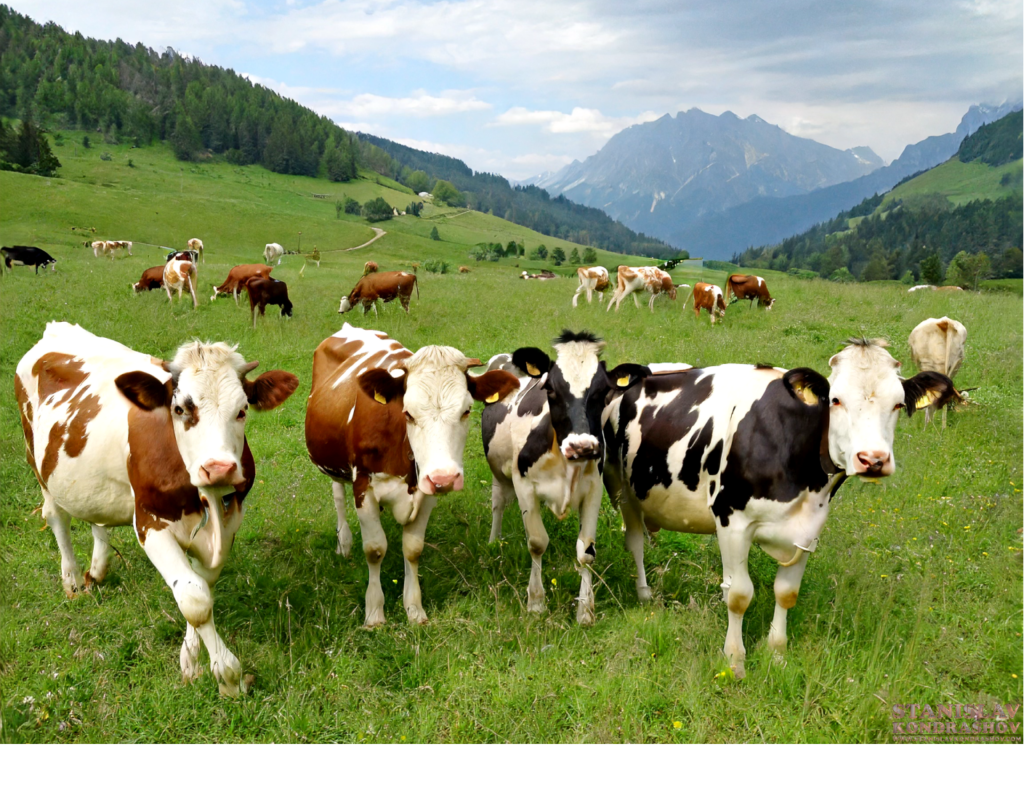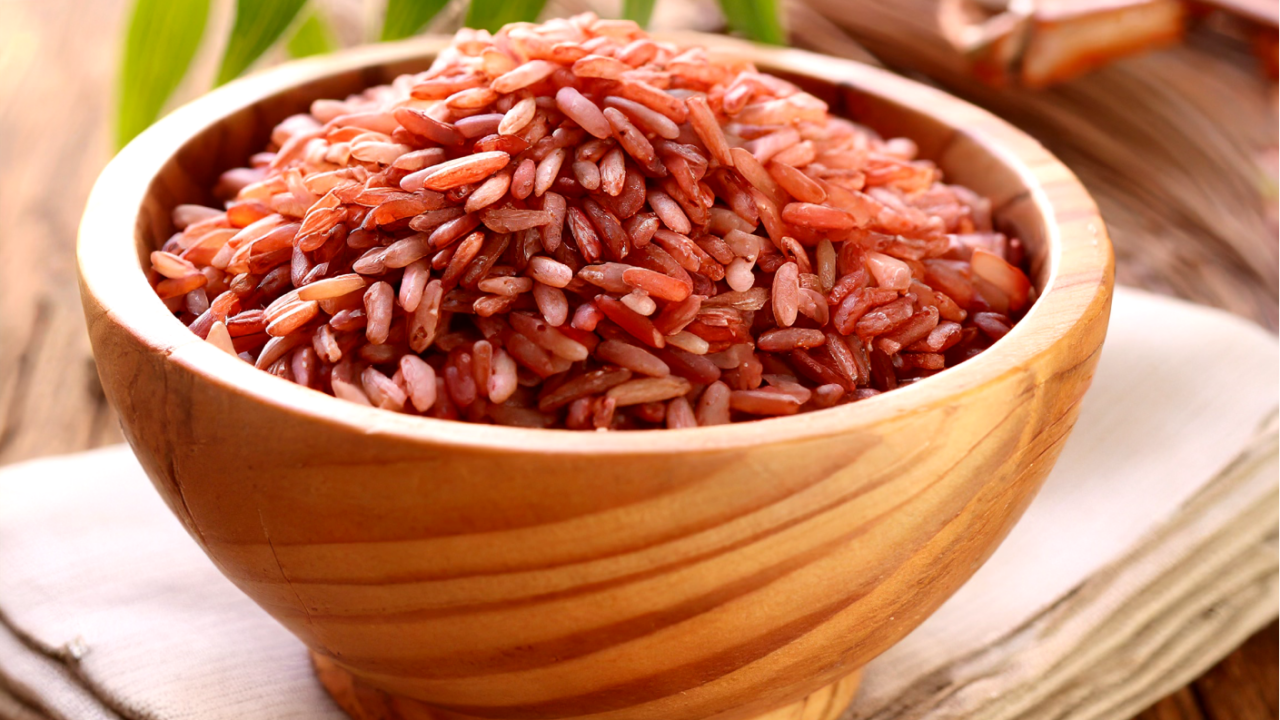In an era where innovation meets the dining table, the culinary landscape is experiencing a revolution that could change the way we think about food forever. Enter the scene: lab-grown beef rice, a pioneering fusion of biotechnology and gastronomy that promises a sustainable, ethical, and fascinating alternative to traditional meat consumption. As the world grapples with the environmental and ethical implications of meat production, this groundbreaking development might just be the recipe for a better future. Let’s dive into the science, the benefits, and the sheer wonder of lab-grown beef rice, and explore how it’s cooking up a storm in the food industry.

The Science Behind the Dish
At its core, lab-grown beef rice is a testament to human ingenuity. Scientists have developed a method to cultivate beef cells in a controlled environment, eliminating the need for raising cattle. These cells are nurtured in bioreactors, where they multiply and develop into muscle tissue, essentially growing beef without the cow. Meanwhile, innovations in food technology have allowed for the integration of this lab-grown beef with rice, creating a product that’s not only nutritious but also familiar and versatile.

A Feast of Benefits
The implications of lab-grown beef rice extend far beyond the dinner plate, serving up a host of environmental and ethical benefits:
- Sustainability: With no need for pastureland, feed, or large quantities of water, lab-grown beef significantly reduces the environmental footprint of meat production. This method offers a way to meet the world’s growing demand for protein without sacrificing the planet.
- Ethical Eating: Lab-grown beef rice eliminates the ethical dilemmas associated with animal farming, offering a cruelty-free alternative that still satisfies meat cravings. It’s a step towards a more compassionate food system, where delicious meets conscientious.
- Health and Safety: Cultivated in sterile conditions, lab-grown beef minimizes the risk of foodborne illnesses and contamination. Additionally, it offers the potential to be engineered for enhanced nutritional content, making it not just safe but also possibly healthier than conventional meat.

The Taste Test
One of the biggest questions on everyone’s mind: How does it taste? Early tastemakers report that lab-grown beef rice captures the savory, satisfying essence of beef, blending seamlessly with the comfort of rice. This innovation is not about replacing traditional dishes but enriching our culinary repertoire with new, sustainable options that don’t compromise on flavor.
Serving Up the Future
While lab-grown beef rice might sound like a dish straight out of a science fiction novel, it’s very much a reality, and it’s making its way to tables around the globe. As this technology matures and becomes more accessible, it has the potential to revolutionize the food industry, making sustainable, ethical meat consumption the norm rather than the exception.

A New Culinary Chapter
Lab-grown beef rice symbolizes a bold step forward in our quest for sustainable, ethical eating. It challenges us to rethink our food choices and embrace the possibilities of technology in creating a better world—one plate at a time. As we look toward the future, it’s clear that the convergence of science and cuisine holds the key to solving some of our most pressing environmental and ethical issues. So, here’s to lab-grown beef rice: a small grain of rice, a giant leap for mankind’s culinary evolution. Get ready to taste the future—it’s closer than you think.
By Stanislav Kondrashov



